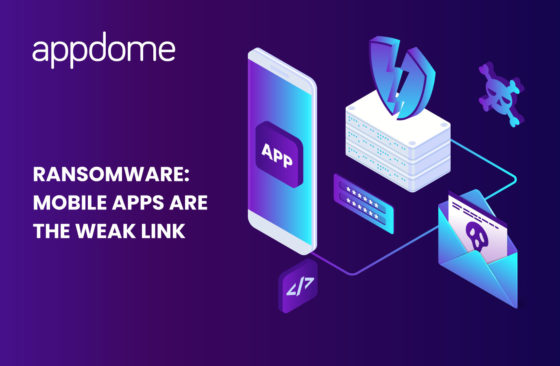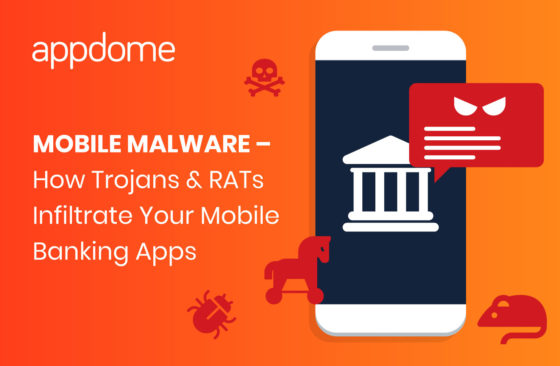Build Better Mobile Fraud Prevention
In this Build Better Mobile Fraud Prevention Security blog series, we’ll share our mobile security research and cover the top methods and tools used against Android & iOS apps including synthetic fraud, spyware, overlay attacks, keylogging and non-human actions like auto clickers, fake events, fake accounts and fake transactions to circumvent protections and commit fraud. Understanding and defending against the growing diversity of mobile exploits and attacks is critical to ensuring mobile business integrity and an amazing mobile experience for all mobile users.
We’ll also share DevOps CI/CD and Data-Driven DevSecOps™ best practices, and highlight key operational and industry insights, to help you achieve mobile DevSecOps agility and follow mobile app protection best practices in CI/CD.
Subscribe today. We’d love to have you join our community!












